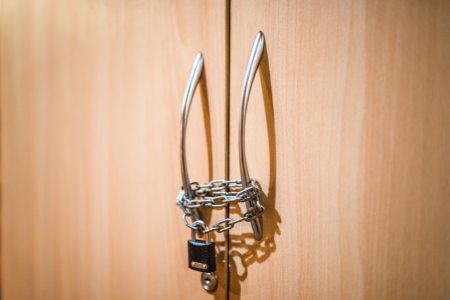
Pets are wondrous additions to our families and homes, but they also require a special level of care and responsibility. In addition to meeting our pets’ needs, we also wish to provide them with a safe environment to thrive. Taking the steps to properly prepare your home for pets will keep them happy and healthy, and will prevent your home from getting damaged in the process. Treat your pets like family by using these seven expert-suggested tips to pet-proof your home.
If you own a cat or dog, providing them with options for entertainment is a great way to keep their minds active and your home safe from destruction out of boredom. Lindsay Butzer, a veterinarian, recommends pet owners exercise their dogs for 20-30 minutes each day to keep their minds and bodies active. Although cats require less physical activity, they still need time to stimulate their brains and fulfill their hunting instincts. Pet owners can keep their cats entertained by providing mentally stimulating toys such as a wand toy or puzzle toy to help them stay out of mischief.
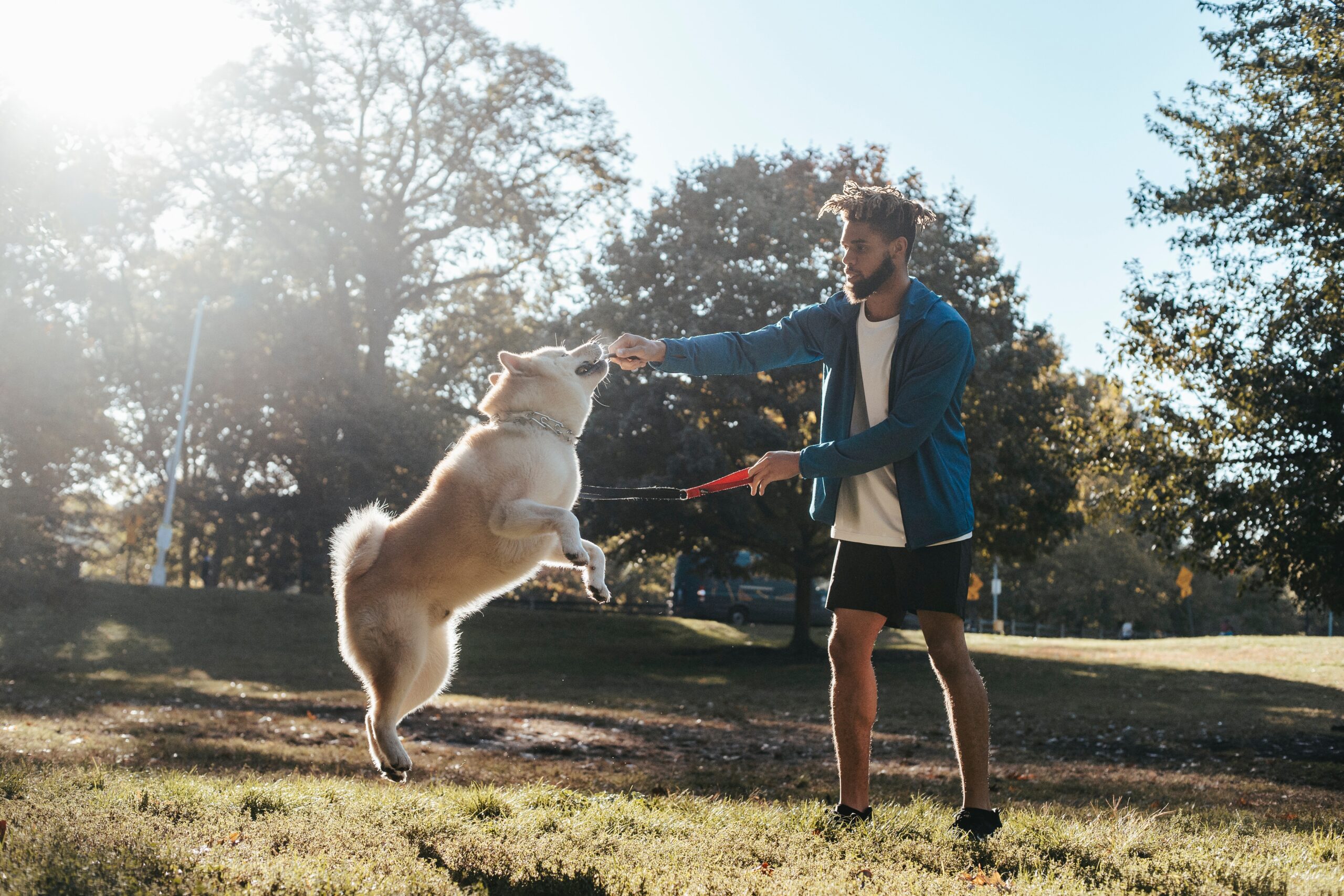
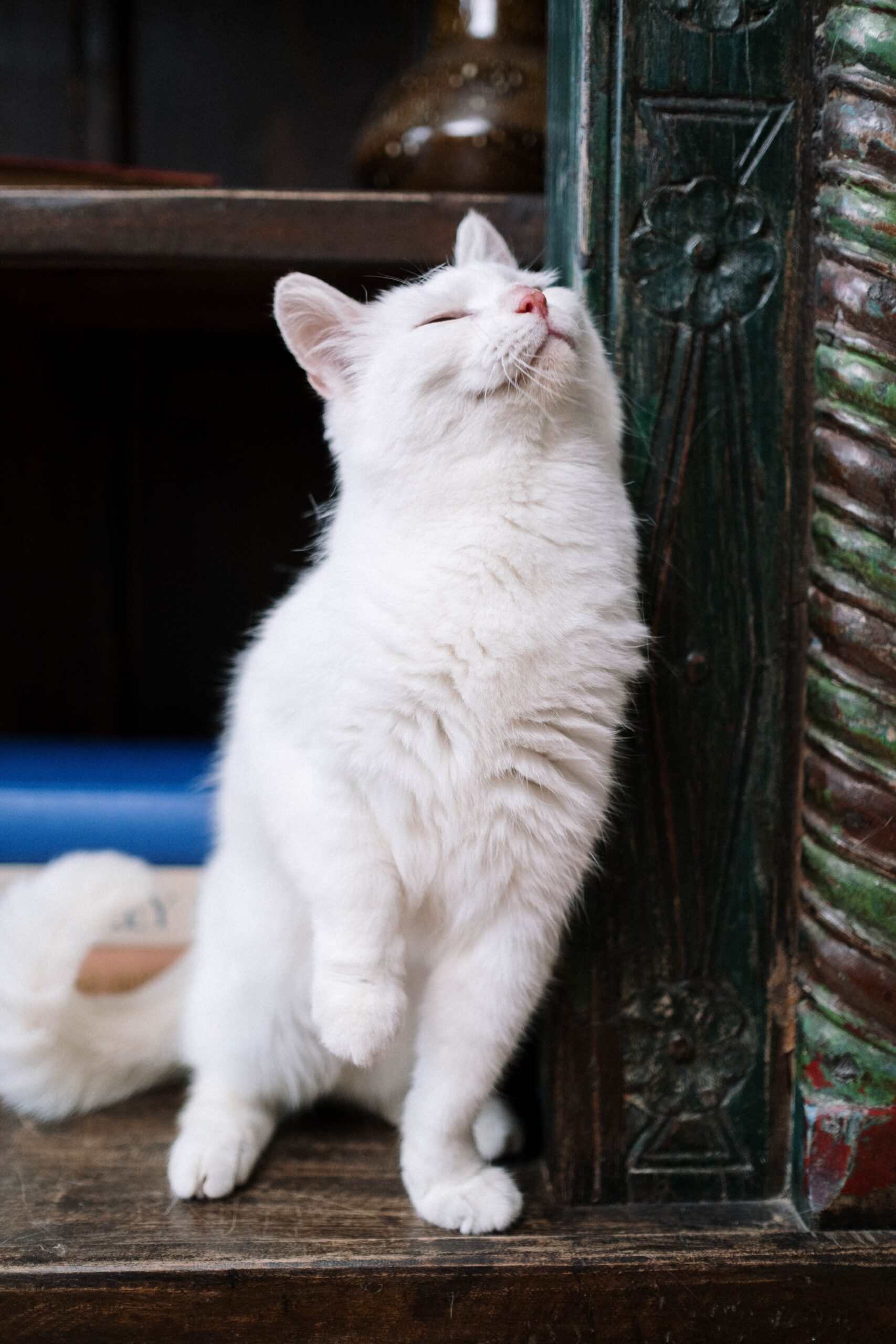
If you own a cat, chances are your furniture has fallen victim to scratches. A cat’s instinct to scratch is a natural behavior that allows them to keep their nails healthy. Providing them with a scratching post is the best way to keep both your cat and your furniture safe. Introducing your cat to a scratching post early in their life prevents bad habits from forming. However, if your cat has already developed a habit of scratching furniture, there are ways to overcome it. Veterinarians recommend placing an alternative scratching area near your cat’s furniture of interest, and rewarding them with praise or a treat when they successfully scratch the post rather than the furniture. Once this behavior becomes regular, relocate the post to an area away from the furniture.
Bad chewing habits can result in your dog experiencing boredom, stress, or under-stimulation. To prevent your pup from developing the habit of chewing on furniture, give them alternative chewing toys and teething treats to provide relief during the teething phase. If your dog has already reached adulthood and struggles with chewing habits, provide them with bones and large plastic or rope toys to chew and carry. Be sure to reinforce good behavior by providing praise or treats as a reward.
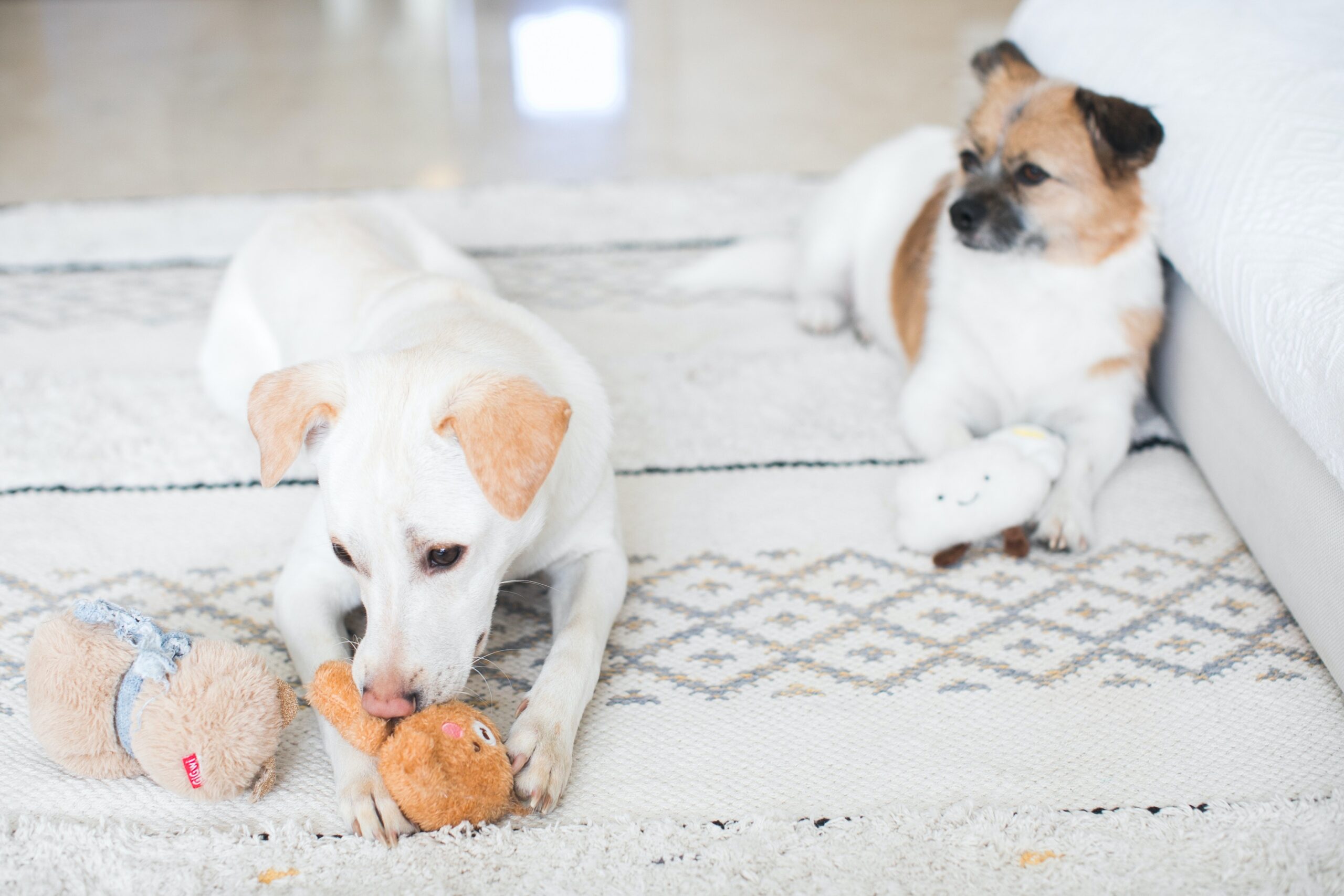
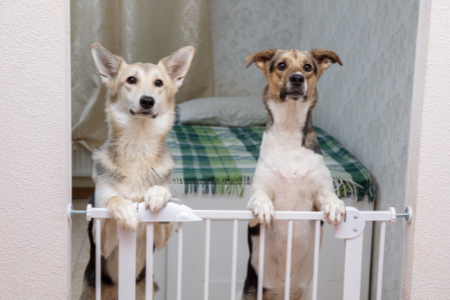
To prevent your pet from getting into specific areas of your home, animal experts recommend implementing a gate as soon as possible. Gates can be used to close off areas with potentially poisonous or unsafe items, keeping them safe. If you have a new pet, it is recommended that a gate or a small pen is used to allow them to feel comfortable in small areas of the home and gradually introduce them to a new environment. Early use of gates and pens can also form good habits by only allowing them in the permissible areas of the home. Crate training is another option to allow new pets to adapt to the home. Not only do crates keep them out of trouble, but they also allow them to have their own, dedicated safe space. When crate training, it is important to keep your dog enriched by providing a digestible dog bone, and not leaving them in for longer than five hours (or three hours for puppies). Veterinarians also stress the importance of never using a crate for punishment, as it allows for the crate to become a place of stress rather than a place of comfort.
No matter the precautions you take to stop your pet from scratching or chewing your furniture, daily wear and tear are inevitable. If you are seeking to replace your worn-out furniture, aim to choose durable, stain-proof fabric as the upholstery. Pet experts recommend opting for distressed leather, which is easy to clean and repels odors; another option includes tightly woven fabrics like microfiber. Strive to avoid suede and silk fabrics, as they are easily damaged and stained.
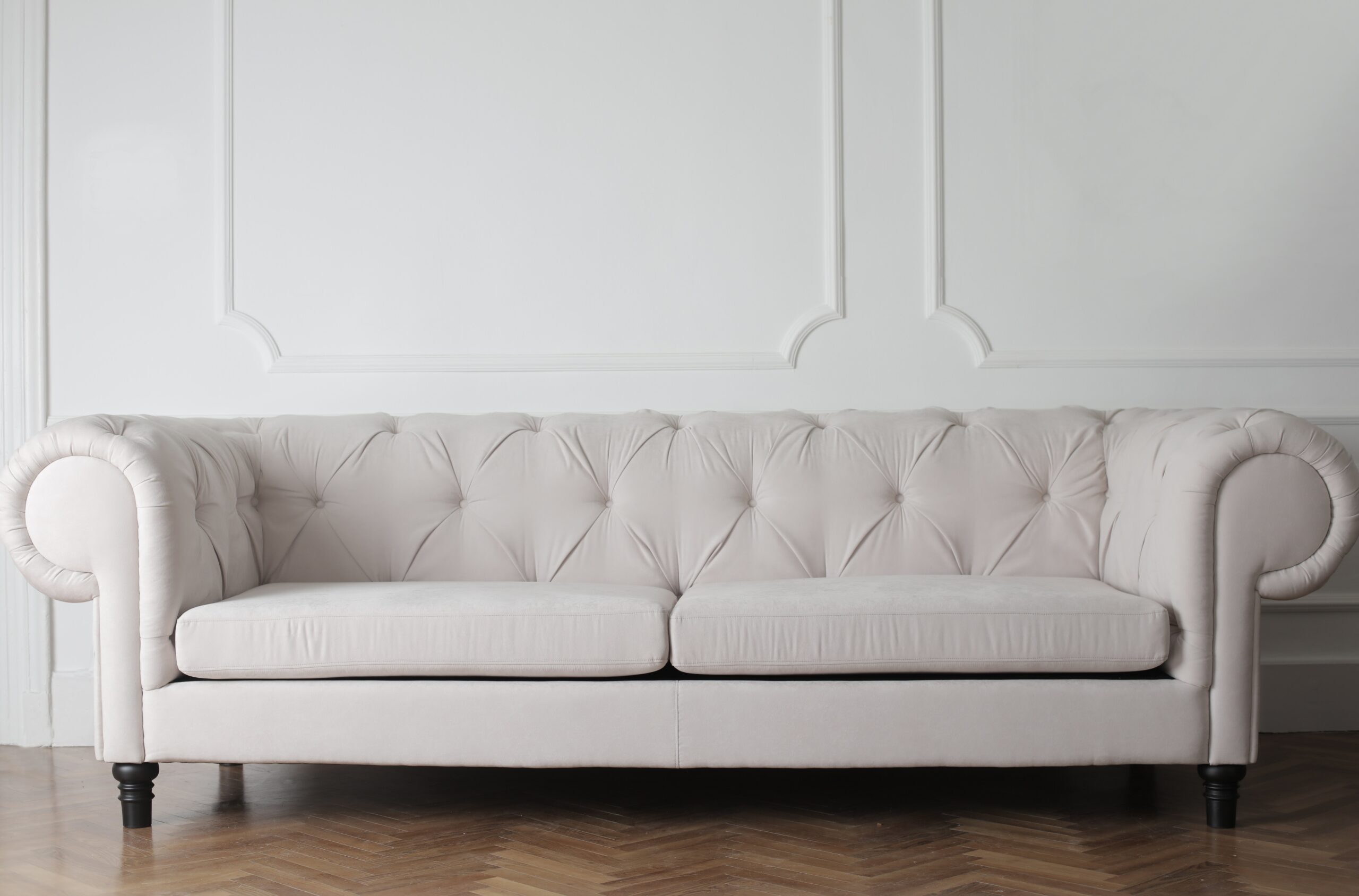

Often, a pet’s favorite spot in the house is the kitchen, where the food and smells are enticing. To prevent accidents in the kitchen, it is important to take precautions for your pet’s safety. As a good rule of thumb, always throw away or place leftovers out of your pet’s reach to prevent any temptations, especially for pet-toxic food. Veterinarians also recommend investing in a pet-safe trash can with a lid, so none of your curious creatures search for trash and leftovers. Taking these small steps in your kitchen keeps your pet safe and prevents you from cleaning up their messes later.
While this tip sounds self-explanatory, the importance of taking precautions around toxins is extremely important for your pet’s safety. Chemicals used for cleaning or insecticides should be securely locked away and out of reach; secure places can include a box, cabinet, or room where your pet does not have access. One simple step can save your furry friend’s life!
